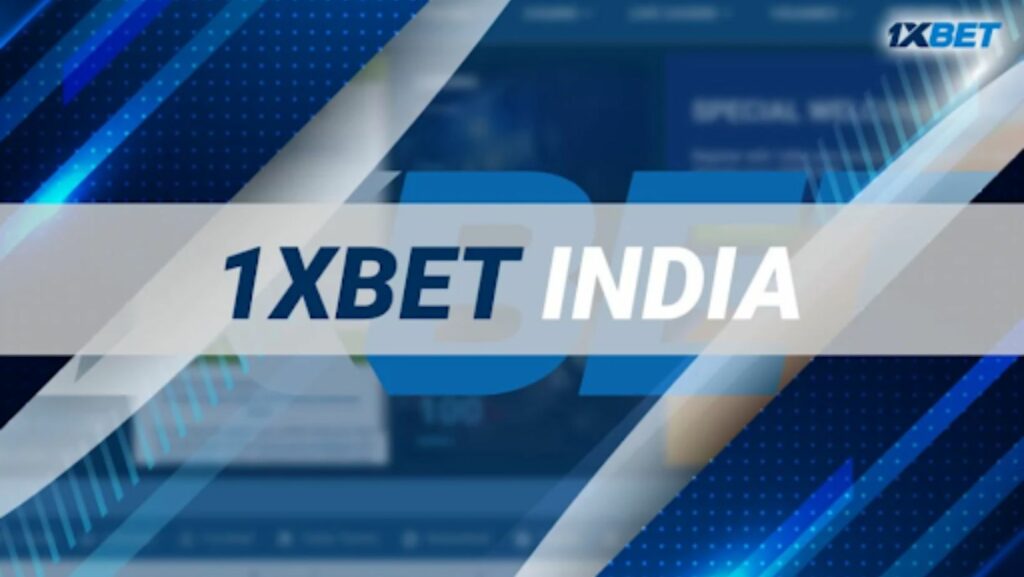The healthcare industry has always faced patient-record challenges, drug authentication problems, and establishing trust between providers and patients. Blockchain today provides a much-needed solution to these longstanding problems. Just as Koi Fortune is an emblem of luck, blockchain instills a new dimension of trust in healthcare. It combines security, trust, and transparency within a single system. Unlike conventional methods, where a patient’s record can be vulnerable, blockchain simultaneously safeguards, links, and makes records accessible to the authorized people.
Secure Storage and Sharing of Medical Data
One of the biggest problems in healthcare is storing and sharing patient records. Many hospitals and clinics still use weak systems. These systems are open to leaks and errors. Blockchain changes this. Once data enters the system, it is placed in a secure digital block. The block cannot be changed without leaving a trace. This keeps every medical record accurate and trustworthy.
Take an example. A patient moves to another city and visits new hospitals. With blockchain, doctors can access updated records right away. No one outside the system can see them without permission. This saves time and reduces mistakes in treatment. It also makes healthcare smoother for patients. Most importantly, it gives patients control. They can choose who gets to see their records and when.
Protecting Patient Privacy
Privacy has always been a major concern in healthcare. Patients worry about their sensitive data being sold or shared without permission. Blockchain solves this by encrypting all data and only allowing access through secure keys. It prevents the information from being held in one single company or server, and instead gets distributed across a secure network harder for hackers to attack.
This ensures patients have confidence in the security of their information. People are encouraged to go ahead with medical help and treatment without the worry of their private health condition being revealed. Where people establish trust is when they feel that respect has been placed on their data and that it will be looked after in a responsible manner.
Transparency in the Drug Supply Chain
Blockchain has a big role in the drug supply chain. Fake medicines are a global problem. They cause poor treatment and sometimes death. Blockchain helps by recording and verifying every step of a drug’s journey. This starts at the manufacturer and ends at the pharmacy.
Each batch of medicine can be tracked in the system. This makes it very hard for fake drugs to slip in. Pharmacies can check if what they receive is real. Hospitals can confirm that drugs are safe. Patients can trust that the medicines they take are genuine. This level of openness saves lives. It also builds stronger trust in healthcare.
Better Collaboration Between Healthcare Providers
Healthcare often brings many professionals together. Doctors, nurses, labs, and pharmacies all play a part. Without good data sharing, mistakes can occur. Tests can be repeated. Prescriptions can be wrong. Blockchain makes things easier by creating a single source of truth. Everyone involved can access it.

For example, a lab result is uploaded to the system. It updates right away. The doctor can see it. The pharmacist can see it too. This reduces delays in treatment. It also keeps all records accurate. Over time, patients benefit. Outcomes improve and experiences become smoother.
Challenges Ahead
Blockchain looks like a strong solution. Still, it comes with challenges. Hospitals need money, training, and teamwork to use it well. Many healthcare workers do not know the technology. Adoption will take time.
There are also questions about rules. Regulations and standards must be clear. Blockchain must work across borders and health systems. Without global rules, the benefits stay small. They may help only a few areas instead of spreading everywhere.
The Future of Blockchain in Healthcare
Blockchain has yet to establish its footing in healthcare, but that potential is quite apparent. Hospitals, governments, and commercial entities alike are trying to put it through its paces, and what they are seeing in return are increased safety, privacy, and efficiency. If it comes to wider adoption, one day patients may carry a secured digital health identity that works just about anywhere in this world.
The drug supply chain might become capable of full transparency in future times, with respect to assurance that patients, respectively, in control of their health records themselves with enough assurances in the form of uncertainties of leakage, conversions, and so on. From there on, it is a hard road that nonetheless needs to be taken with all the rewards along the way.



